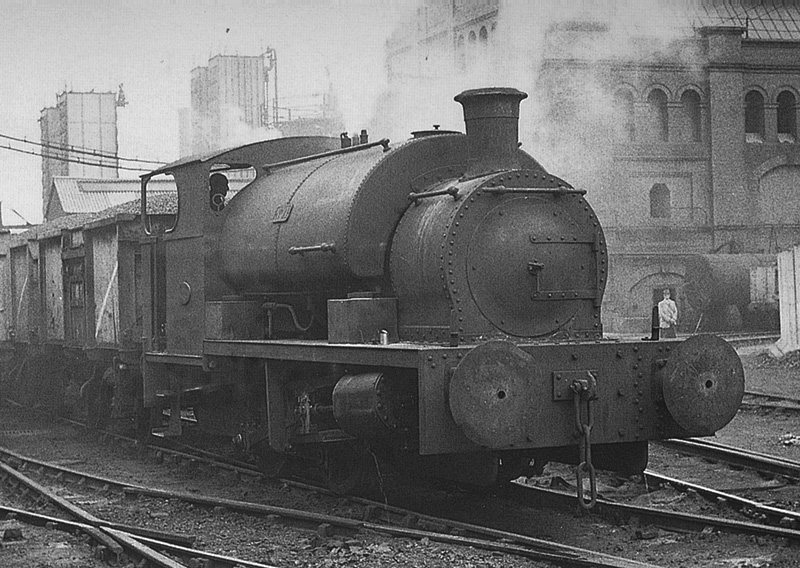Industrial Railways: A Journey through the Forgotten Tracks of Progress
In the bustling cities and towns that dot our landscapes, it’s easy to overlook the hidden remnants of a bygone era. These quiet relics stand as testaments to a time when industry reigned supreme, shaping the world as we know it today. Among these forgotten treasures are industrial railways, once lifelines for factories and workshops, now fading into obscurity. In this retrospective exploration, we delve into the history of these railway systems and their profound impact on urban development.
The birth of industrial railways can be traced back to the early 19th century when steam power revolutionized transportation. As industries boomed during the Industrial Revolution, there arose a pressing need to transport raw materials efficiently from mines and ports to factories. Traditional methods like horse-drawn carts proved inadequate for such demands, leading entrepreneurs and engineers to envision an alternative mode of transport – one powered by steam.
These early industrial railways were modest in scale but played a pivotal role in propelling economic growth. Small locomotives chugged along narrow tracks connecting various parts of factories or linking them with local rail networks. Coal mines were among the first adopters of this new technology, utilizing locomotives to haul coal from deep underground directly onto waiting ships at nearby docks.
As demand grew across industries like ironworks, steel mills, textile manufacturing plants, breweries, and more; so did the railway networks that sustained them. The expanding infrastructure presented new opportunities for employment as tracklayers hammered away under scorching suns or freezing winters while skilled engineers crafted intricate routes around obstacles.
Industrial railways weren’t just limited to factory premises either; they often extended beyond factory gates into neighboring communities. Workers relied on these lines for commuting purposes while businesses utilized them for shipping finished goods across wider regions.
One such example is Manchester’s extensive network of industrial railways that crisscrossed its urban landscape during its peak in the 19th and early 20th centuries. These railways connected mills, warehouses, and docks to the city’s main railway station, facilitating seamless transportation of cotton goods that Manchester was renowned for. Today, remnants of these tracks can still be seen if one knows where to look – hidden away in forgotten corners or repurposed as pedestrian walkways.
Across continents, industrial railways left their mark on cities large and small. In the United States, sprawling networks sprouted around industries like steel production in Pittsburgh or automobile manufacturing in Detroit. Even smaller towns boasted their own railway systems connecting local factories with larger rail lines. Though many of these lines have long been abandoned or dismantled, some sections remain intact as nostalgic reminders of a vibrant past.
The decline of industrial railways can be attributed to various factors. As road networks improved and trucks became more versatile in the mid-20th century, companies began favoring road transport over rails due to cost-effectiveness and flexibility. The rise of containerization also played a significant role as shipping goods directly from ports to final destinations reduced reliance on intermediary rail links.
Despite their gradual demise, industrial railways continue to captivate urban explorers seeking glimpses into our industrial heritage. Abandoned tracks wind through overgrown fields; rusted locomotives stand sentinel amidst tall grasses reclaiming once bustling yards; neglected tunnels echo with distant memories of clattering wheels and hissing steam.
In recent years, there has been a growing interest in preserving these historical sites as cultural landmarks or transforming them into recreational spaces such as bike trails or linear parks. By breathing new life into these relics of progress while honoring their past significance, we can ensure that generations to come appreciate the pivotal role they played in shaping our cities and societies.
As we wander along forgotten tracks lost amidst urban jungles or rural landscapes slowly reclaiming what was once theirs alone; let us pause for a moment to pay homage to the countless men and women who toiled tirelessly to build the foundations of our modern world. Industrial railways may have faded from prominence, but their legacy lives on, etched into the fabric of our urban landscapes – a testament to human ingenuity and progress.

Leave a comment